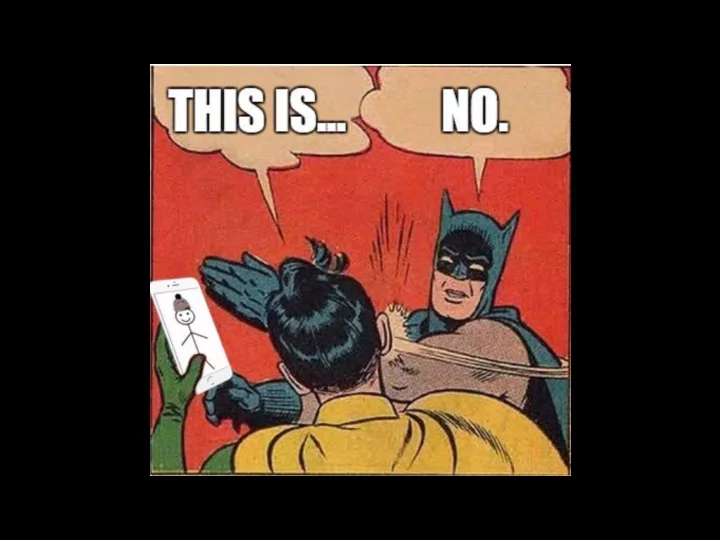

Change to syllabus: Bobby office hours: MW 10-11 Alcove near SE1 288
Parsimony Most parsimonious vs. Mammary glands Hair Wings Live birth Tetrapod body plan 7 evolutionary events 5 evolutionary events
Okay, now put these animals and characters on a PARSIMONIOUS cladogram Species Bird Bear Shark Stegosaurus Deinonychus Characters ‘Bird-Hip’/ Ornithischian condition Loss of Teeth Vertebral Column Tetrapod body plan
The Answer Deinonychus Stegosaurus Bird Bear Shark Loss of Teeth ‘Bird-Hip’/ Ornithischian condition Tetrapod body plan Amniota Vertebral Column Vertebrata DINOSAURIA
History of Life Part 1. Diadectes Early Permian
Life on Earth: united by RNA, DNA, amino acids, metabolic pathways 3.8 Ga
Cambrian ‘Explosion’ ca. 520-510 Ma Marrella Wiwaxia Opabinia Anomalocarids Hallucinogenia
The Cambrian Sea
Origin of Chordata Pikaia 510 Ma
Pterosauria Archaic archosaurs Dinosauria Crocodiles Lizards Anapsids Synapsids Most ‘amphibians’ Most ‘fishes’ Assorted jawless fish Urochordata Cephalochordata Bilateral symmetry Notochord Chordata 510 Ma Early Cambrian
Pterosauria Archaic archosaurs Dinosauria Crocodiles Lizards Anapsids Synapsids Most ‘amphibians’ Most ‘fishes’ Assorted jawless fish Urochordata VERTEBRAL COLUMN Cephalochordata Notocord replaced by a series of Vertebrata segmented stiffer objects (vertebae), sandwiched between Chordata mobile joints mid-Cambrian
Pterosauria Archaic archosaurs Dinosauria Crocodiles Lizards Anapsids Synapsids Most ‘amphibians’ Most ‘fishes’ Assorted jawless fish Urochordata Gnathostomata Cephalochordata Vertebrata 450 Ma Late Ordivician Chordata Jaws
A world with teeth
Evolution of the Jaw
Selective pressures? Dunkleosteus Late Devonian Apex predator (Just before the Carboniferous) Unhealed bite marks on some specimens Other Dunkleosteus
The Origin of Tetrapoda Tiktaalik Modern Coelacanth Late Devonian ‘Fishapod’ Tetrapoda Dunkleosteus Lobe Finned Fishes (Sarcopterygyii) Bony fish (Osteichthyes) Gnathostoma
Monotypic riverside stands Diverse arthropod communities
Lycopsids Asteroxylon On land, rhizomatous plants begin colonizing stream and lake banks (Late Silurian)- accelerated in early Devonian
Archaeopteris canopy (progymnosperm)
What’s so interesting about the Devonian? Rare top predators Few meso-predators Modern Ecosystems Many herbivores Abundant top predators Abundant meso-predators Rare herbivores Detritivores Devonian Ecosystems
Carboniferous 359-299 Ma
The Carboniferous High temperatures High humidity High O 2 Low CO 2 Pulmonoscopius Enourmous Lepidodendron forests Meganeura : 75 cm wingspan [O 2 ] atm = 35%
Carboniferous swamps: Refugia for older plant forms Open ‘Niches’ Carboniferous drylands: Sites of evolutionary innovation i.e. seed-producing plants Pteridosperms
Evolution of hard seeds suggests that herbivorous arthropods became a major selective factor on plants, even without a good fossil record of herbivorous arthropods (the first herbivorous vertebrate doesn’t show up until the early Permian: Diadectes )
The Carboniferous: Tetrapod Expansion
Pterosauria Archaic archosaurs Dinosauria Crocodiles Lepidosaurs Anapsids Synapsids Most ‘amphibians’ Most ‘fishes’ Assorted jawless fish Tetrapoda Urochordata Gnathostomata Cephalochordata Vertebrata Four weight-bearing limbs Neck Chordata Loss of gills Lungs
The Basal Tetrapods Early Anthracosaur Proterogyrinus Pholiderpeton
The Tetrapod Body Plan Learn this- in Fastovsky Caudal vertebrae Dorsal vertebrae Sacrum Cervical vertebrae Ilium acetabulum Ischium Gastrala Pubis Astragalus Calcanium Scapula Coracoid Humerus
Late Carboniferous (ca. 290 Ma) Dominated by Anthracosaurs & Temnospondyl amphibians
Gymnophiona Urodela Anura (Caecilians) (Salamanders) (Frogs/Toads) Anthracosauria: Sometimes used to Diplocaulus refer to ‘reptile-like amphibians’ Diadectes : First herbivorous land vertebrate! Food for thought: Temnospondyli Why the radiation?
Meet the Amniotes: The great terrestrial adaptation
Pterosauria Archaic archosaurs Dinosauria Crocodiles Lepidosaurs Anapsids Synapsids Most ‘amphibians’ Most ‘fishes’ Amniota Assorted jawless fish Tetrapoda Urochordata Gnathostomata Cephalochordata Vertebrata Amniotic egg Chordata Thick skin Distinctive skulls
The cleidoic egg: a private pond Eggshell: Semipermeable Calcareous or leathery Albumen: Egg cytoplasm Amnion: Protection / Gas transfer Yolk Sac: Nutrient Pool Allantois: Waste Pool
Synapsida Anapsida Lepidosauria Archosauria Diapsida First amniotes in record (!!) Eureptilia Amniotes
Meet the Amniotes No temporal fenestra Upper temporal fenestra Lower temporal fenestra Single temporal fenestra = ‘window’ fenestra
Recommend
More recommend